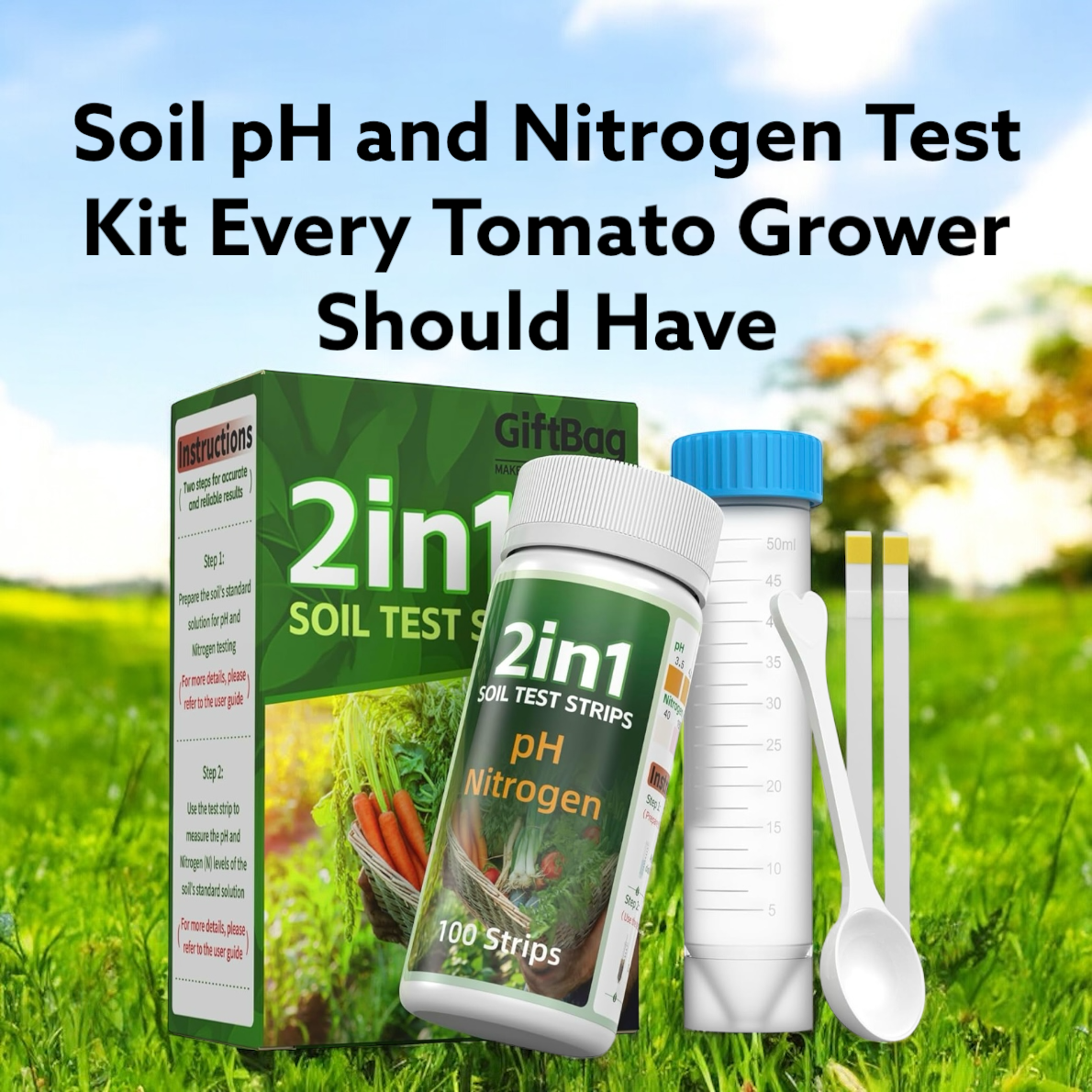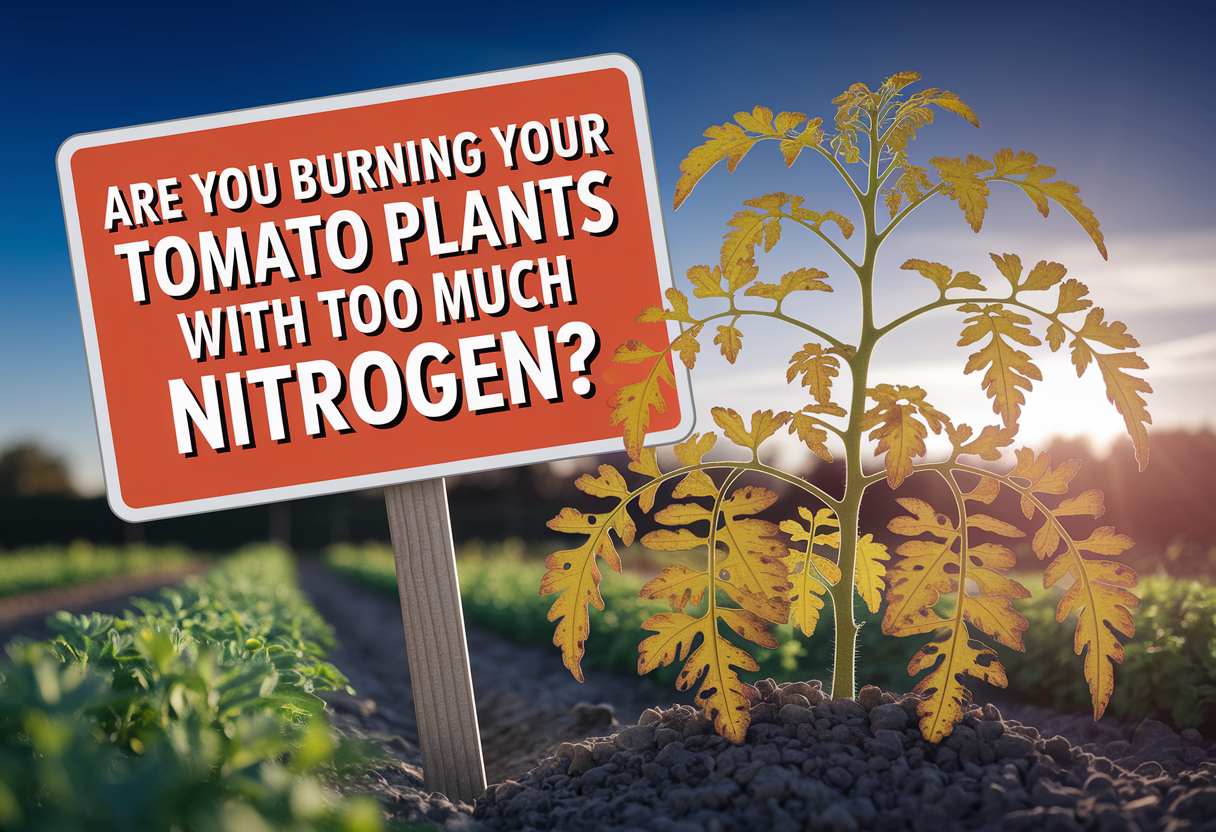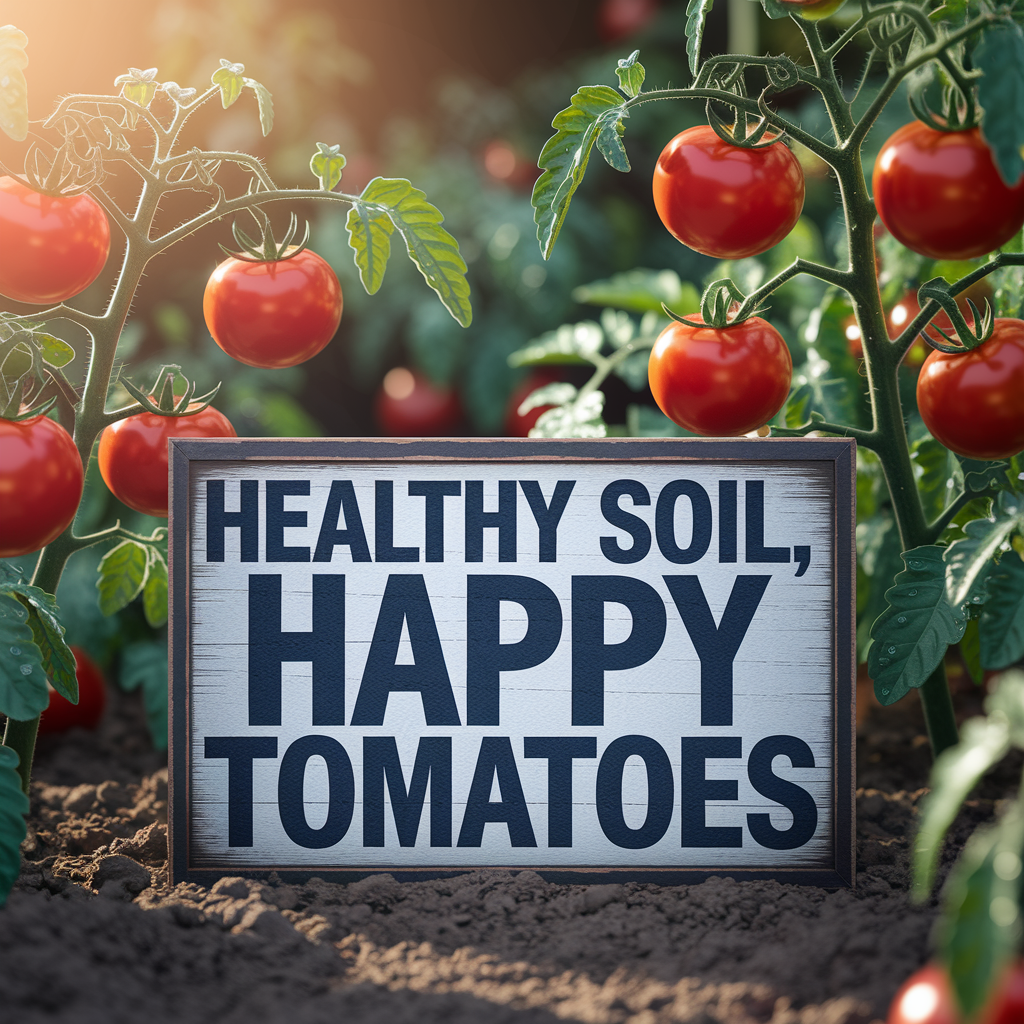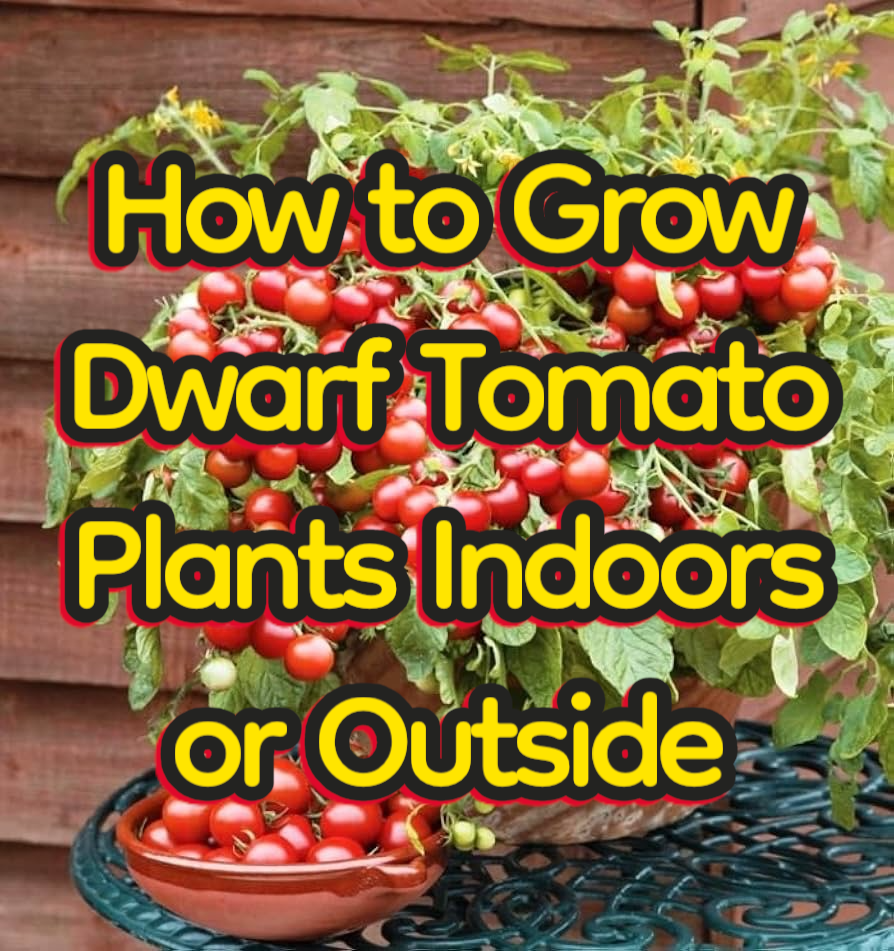
What Are Dwarf Tomato Plants?
When I first heard the term “dwarf tomato plant,” I figured it just meant mini tomatoes. But it turns out, it’s not the fruit that’s small—it’s the plant itself. Dwarf tomatoes grow to a compact size, usually between 1 to 3 feet tall, which makes them a dream come true for small-space gardeners like me.
They’re especially awesome if you don’t have a big backyard. I started mine on a tiny patio in containers, and I couldn’t believe how much they produced despite their size. They’re not just cute—they’re mighty little tomato machines.
These pint-sized plants are bred specifically to grow compact and bushy, making them ideal for balconies, raised beds, and even sunny windowsills. And guess what? The flavor doesn’t take a backseat. Some of the sweetest tomatoes I’ve ever eaten came off a dwarf plant.
If you’re just getting started with tomatoes, these are honestly the least intimidating way to dip your toes in. Here’s a guide I made if you’re feeling overwhelmed:
👉 How to Start a Tomato Garden Without Feeling Overwhelmed

Are Dwarf Tomato Plants Determinate or Indeterminate?
This is where it gets a little confusing, but let’s break it down. When I first started, I assumed all dwarf tomato plants were determinate—the kind that grows to a certain size, produces all at once, and then calls it a day. And while many are determinate, that’s not always the case.
Some dwarf varieties are actually indeterminate or semi-determinate, which means they keep growing and producing over a longer season—but still stay compact. That’s right—you can get continuous harvests without the jungle of 6-foot vines.
Here’s what I’ve learned from growing both:
- Determinate dwarf plants: Perfect for containers, short seasons, or small harvests all at once. Great if you want to can or make sauce in one go.
- Indeterminate dwarf plants: Awesome for snacking tomatoes over a long period. Still compact, but a little more sprawling. I just used light trellising to keep them tidy.
If you’re into hands-on growing and harvesting weekly, I’d recommend the indeterminate types. But if you want a no-fuss, short-term season, go determinate.
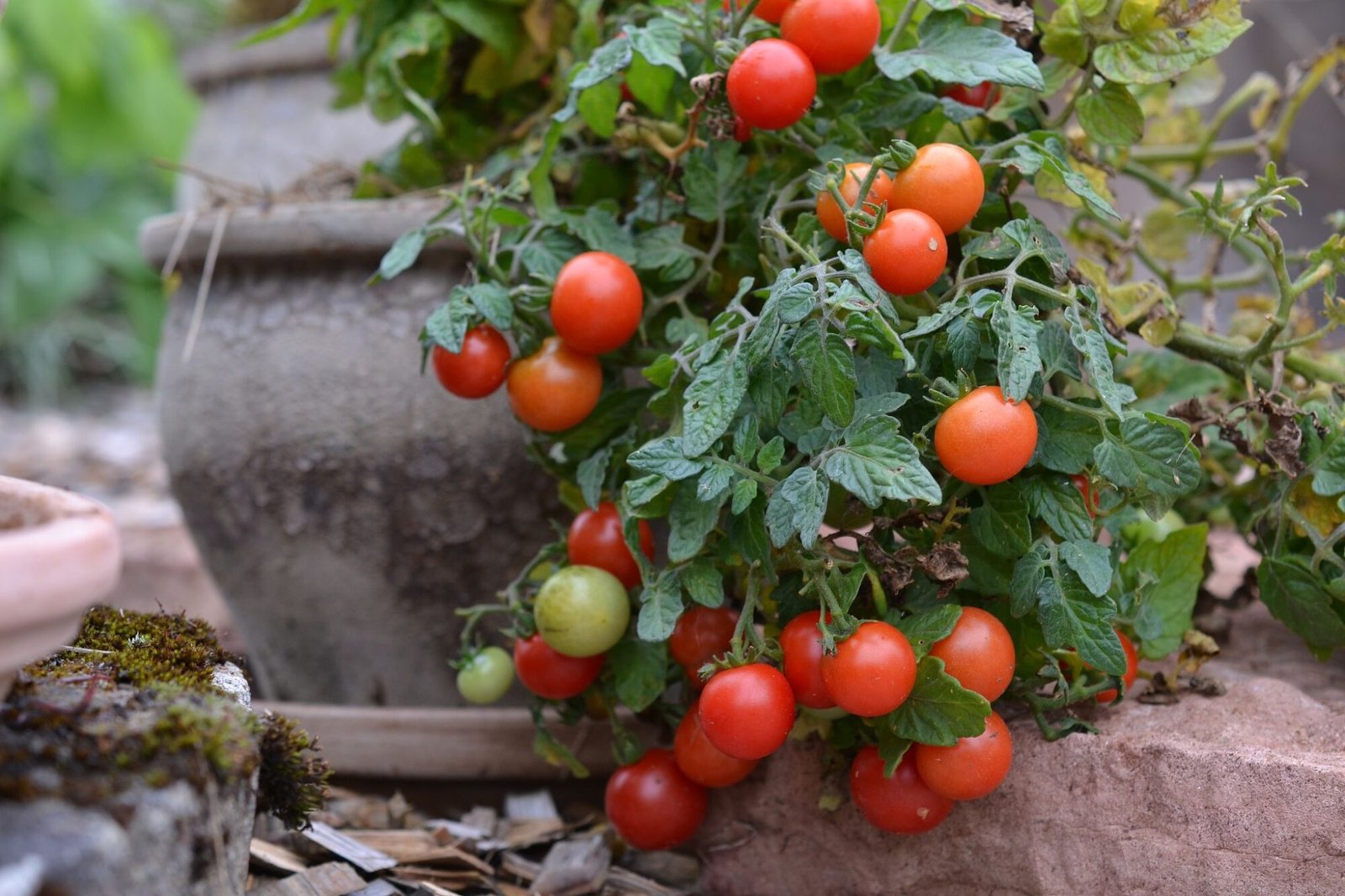
Why Choose Dwarf Tomato Plants?
There are tons of tomato varieties out there—so why pick a dwarf tomato plant? Honestly, once I grew my first dwarf, I was hooked. These compact plants pack a serious punch when it comes to benefits.
- Perfect for Small Spaces: Whether you’ve got a patio, a balcony, or just a sunny front porch, dwarf tomato plants can fit right in. I’ve even seen folks grow them in 5-gallon buckets.
- Low Maintenance: Unlike those towering indeterminate monsters that need constant pruning and staking, most dwarf types stay compact and manageable with minimal support.
- Great for Beginners: If you’re just getting started, a dwarf tomato lets you learn the basics without feeling overwhelmed.
👉 Want a full guide? Check this out: Things I Wish I Knew Before Growing Tomato Plants - Less Risk of Disease: With more airflow between plants and fewer sprawling vines on the ground, there’s usually less chance of blight or fungal issues—which makes life easier!
And let’s be honest, they just look neat and tidy. If you’re into container gardening or urban setups, they’re a no-brainer.
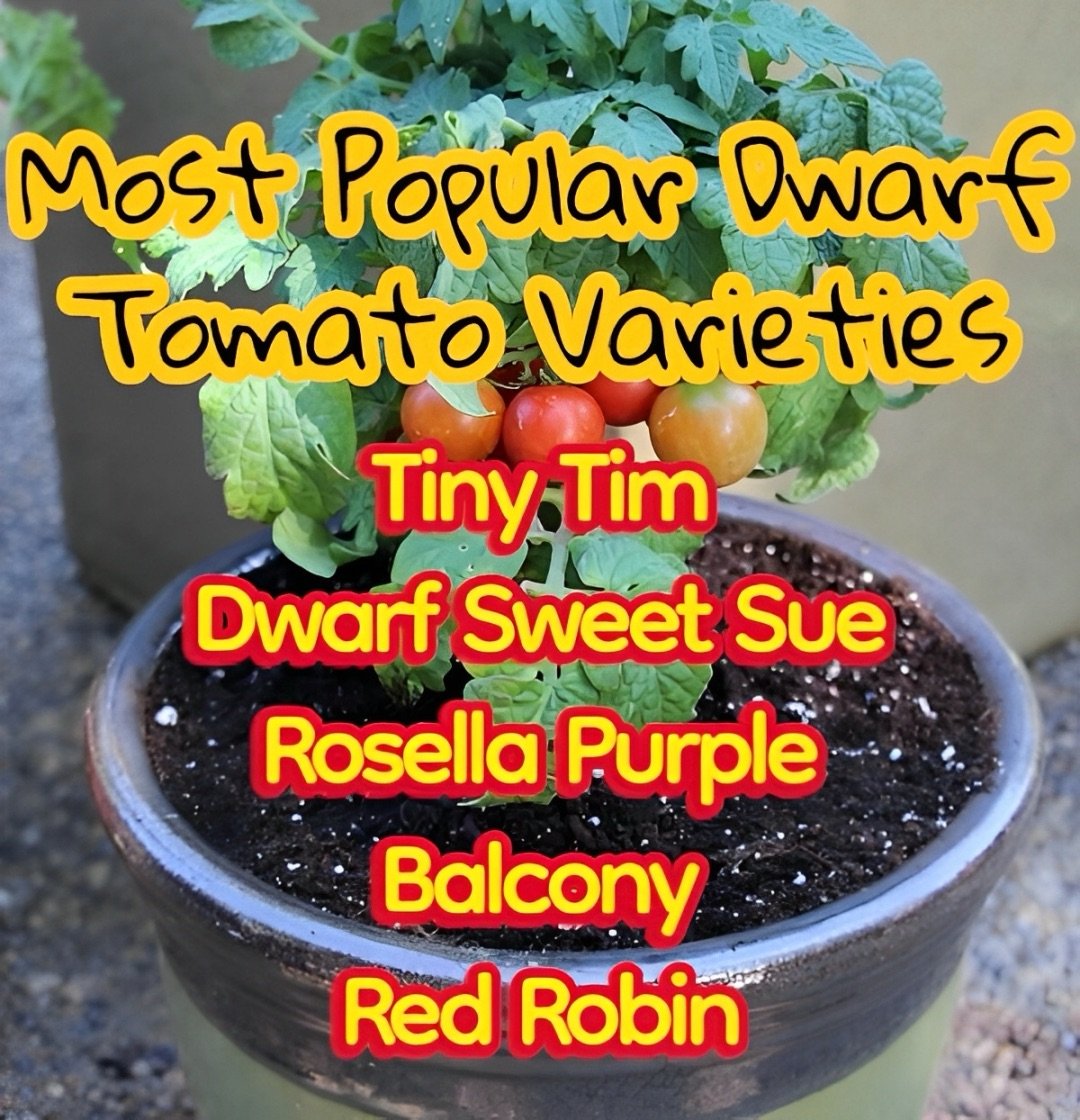
Best Dwarf Tomato Varieties Worth Trying
Over the years, I’ve tested a bunch of these little guys—and wow, the variety is insane. Here are a few of the best dwarf tomato varieties I’ve grown and loved:
- Tiny Tim – Classic heirloom dwarf cherry tomato. Super compact and super productive. Great for kids or small containers.
- Rosella Purple – Sweet, rich, and has that old-school tomato flavor packed in a small plant. A favorite of mine for slicing.
- Red Robin – Insanely short, like under a foot tall, but gives you clusters of red cherry tomatoes. Grows well even indoors.
- Dwarf Sweet Sue – Beautiful yellow-orange fruit, slightly larger than cherry, with smooth flavor.
- Balcony – Yep, it’s named for exactly where it shines. It gives a surprising yield for such a tiny plant!
If you’re into canning or cooking, you might want to try mixing in a dwarf paste tomato like Dwarf Saucy Mary.
And if you’re curious about flavor profiles—sweet, acidic, meaty—check out this article for picking the best tomatoes to grow for your needs.
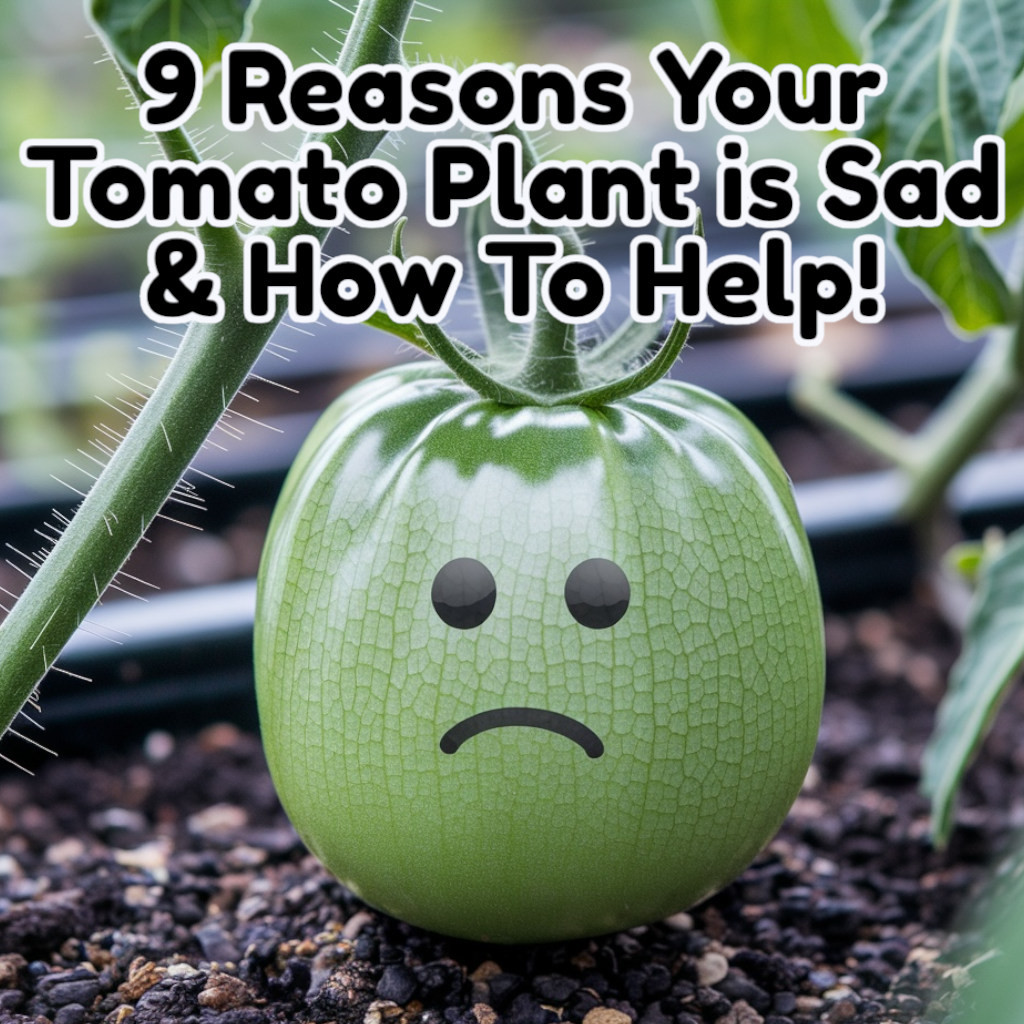
How to Grow Dwarf Tomato Plants Successfully
Growing dwarf tomato plants is simpler than full-sized varieties, but you still need a few essentials to get the best results. Here’s what I’ve learned from trial, error, and some really tasty rewards:
1. Choose the Right Container:
Even though they’re compact, dwarf tomatoes need some room to breathe. I recommend at least a 3–5 gallon containerper plant. Anything smaller and you risk stunted growth or rootbound problems.
2. Use Well-Draining Soil:
A light, loamy potting mix designed for vegetables or containers works best. I always toss in a scoop of compost to give them a head start.
3. Give Them Full Sun:
Dwarfs still love the sun! 6–8 hours of direct sunlight is ideal. If you’re short on daylight, consider supplementing with a grow light—especially if you’re growing indoors or in tight spaces.
4. Watering Needs:
They don’t need constant watering, but don’t let them dry out either. I usually water deeply every couple of days unless it’s blazing hot. Keep the leaves dry to avoid mold and mildew.
Need help dealing with tomato problems like leaf curl? Read this next:
👉 Tomato Leaves Curling Down? Don’t Panic – Try This First
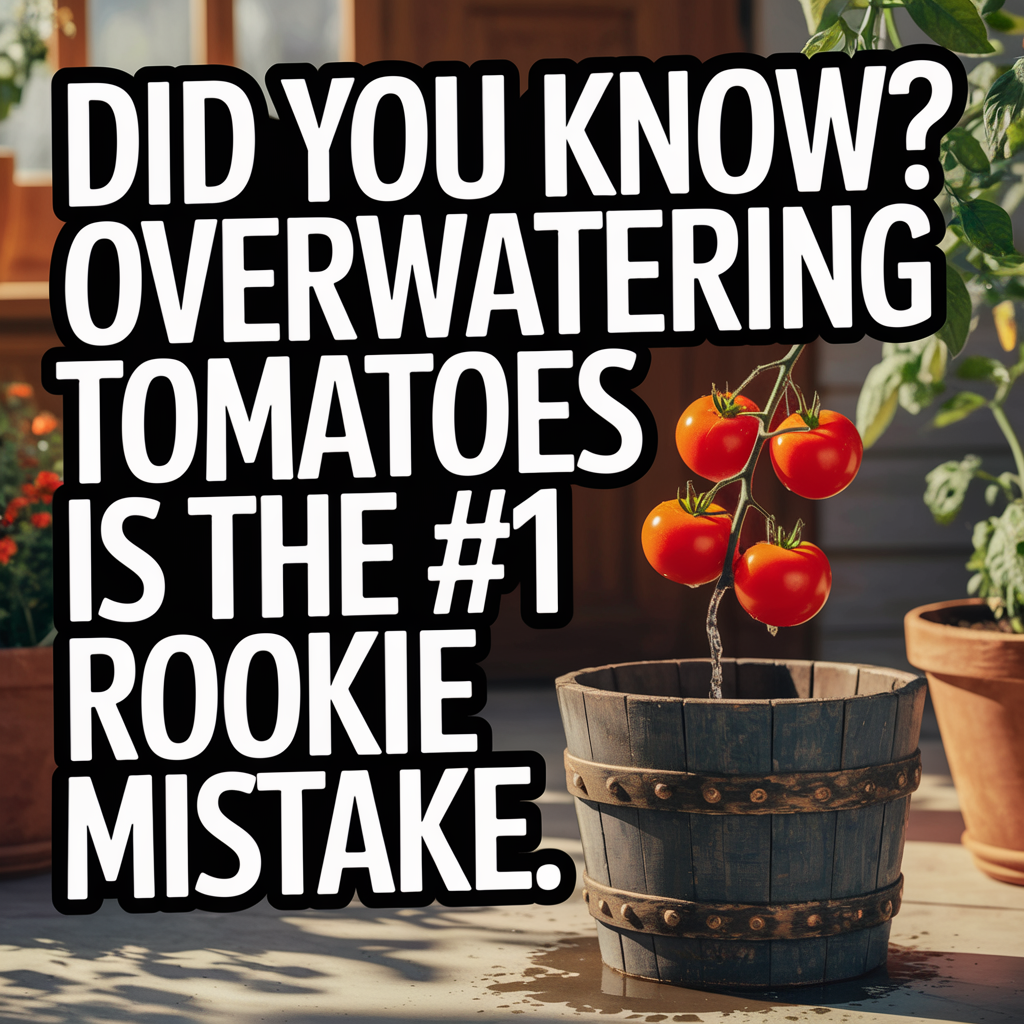
Can Dwarf Tomato Plants Be Grown Indoors?
Absolutely. In fact, dwarf varieties are one of the best tomato options for indoor growing. I’ve grown a few right on my kitchen windowsill during the winter!
Here’s how to make it work indoors:
1. Pick the Right Spot:
A south-facing window is ideal. If you don’t have enough light, use an LED grow light with a timer set for 12–16 hours per day.
2. Choose Ultra-Compact Varieties:
Go for types like Red Robin or Tiny Tim—they stay under 18 inches tall and do great in smaller pots.
3. Control Temperature and Humidity:
Tomatoes like it warm—65–85°F is the sweet spot. If it’s too dry, use a small humidifier nearby.
4. Hand Pollinate:
No bees indoors? No problem. Just give the flowers a gentle shake or use a cotton swab to transfer pollen.
Growing dwarf tomatoes indoors is a surprisingly fun project—and you’ll have fresh tomatoes even in the off-season.The
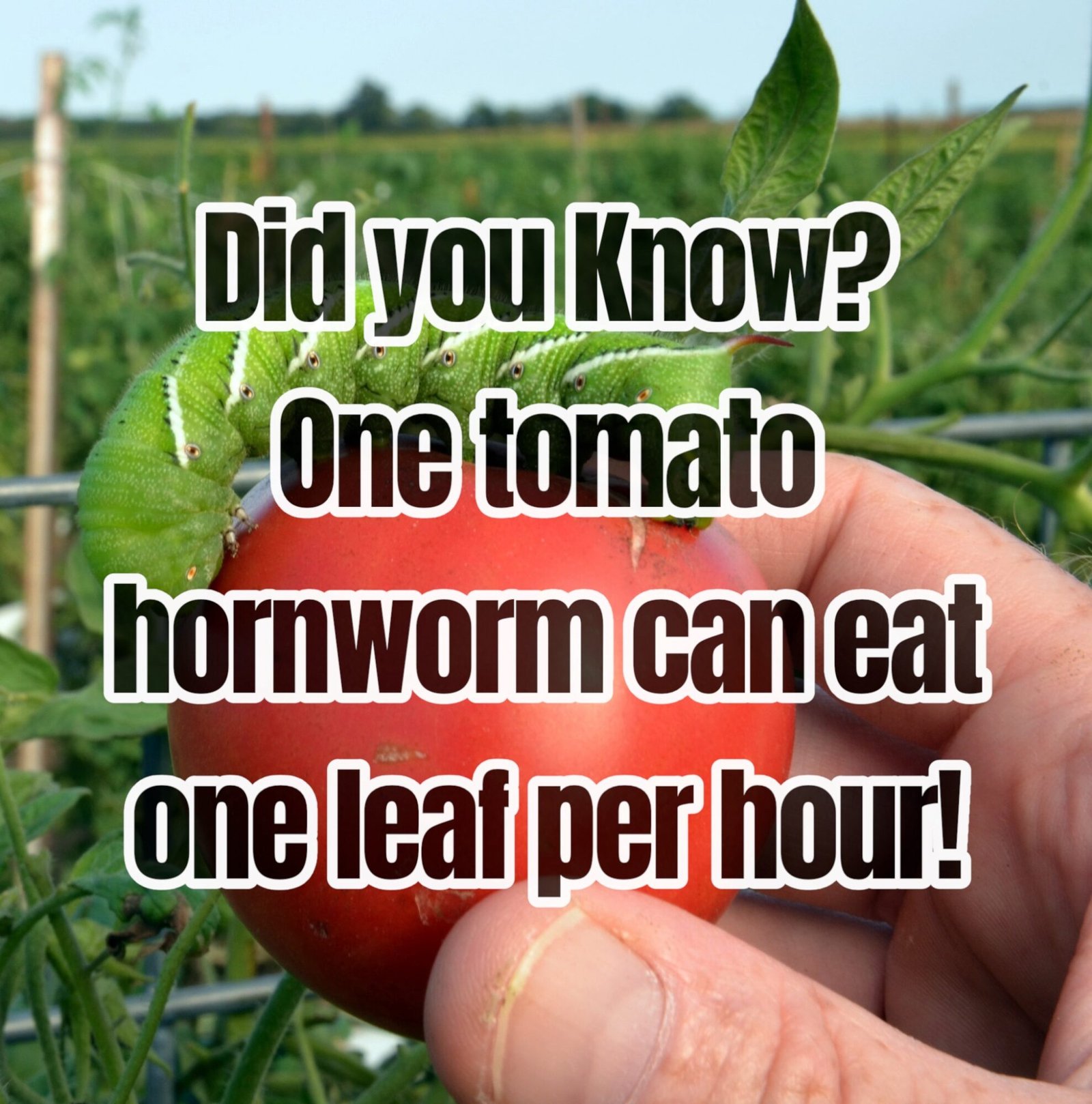
How Tall Do Dwarf Tomato Plants Get?
One of the biggest perks of dwarf tomato plants is—you guessed it—their size! Most dwarf tomato varieties grow to just 2 to 4 feet tall, making them perfect for containers, balconies, patios, and even windowsills.
That said, “dwarf” doesn’t always mean “tiny.” They’re not the same as micro-dwarfs, which can stay under 12 inches tall. Dwarfs still grow plenty of fruit and have sturdy, stocky stems that support themselves well—often without cages or tall stakes.
Some popular dwarf varieties and their average heights:
- Bush Champion – around 24 inches
- Balcony – stays near 18–20 inches
- Dwarf Sweet Sue – can reach 3 feet
- Rosella Purple – about 3–4 feet, but thick and manageable
Compared to indeterminate vines that sprawl 6+ feet, these are refreshingly low-maintenance and space-saving.
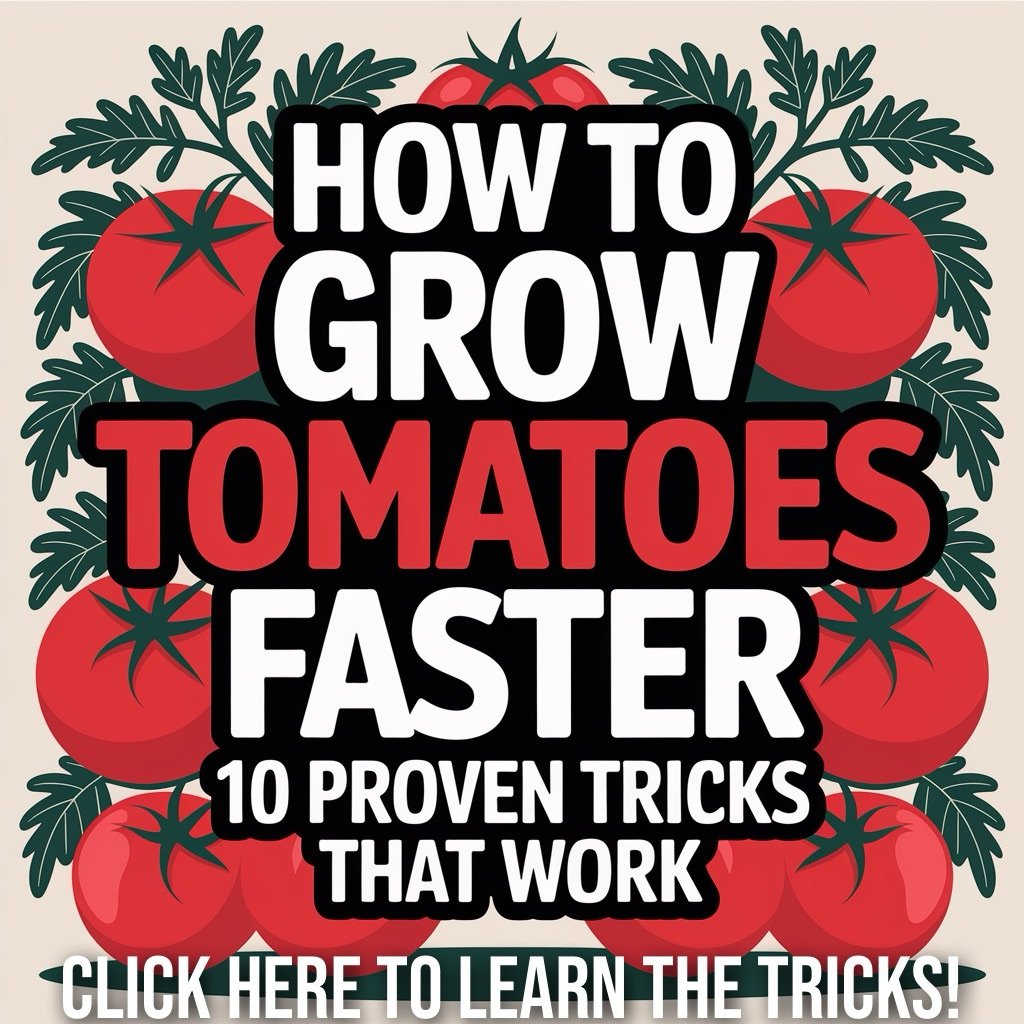
Are Dwarf Tomatoes Determinate or Indeterminate?
Here’s where things get interesting. Many folks assume dwarf tomatoes are all determinate, meaning they grow to a set size and fruit all at once—but that’s not always the case.
While some dwarf varieties are determinate, many are technically indeterminate, just bred with shorter, stockier growth habits. These are often part of what’s called the Dwarf Tomato Project, which focused on developing plants that produce like indeterminates but grow like determinates.
Here’s how you can tell:
- Determinate dwarf tomatoes (like Bush Early Girl) – produce a single harvest, great for canning or small-batch growing.
- Indeterminate dwarf tomatoes (like Dwarf Sweet Sue) – keep producing over time but stay compact.
If you like continuous harvests in a small space, an indeterminate dwarf is your best friend. I personally lean that way for a steady stream of snacking tomatoes!
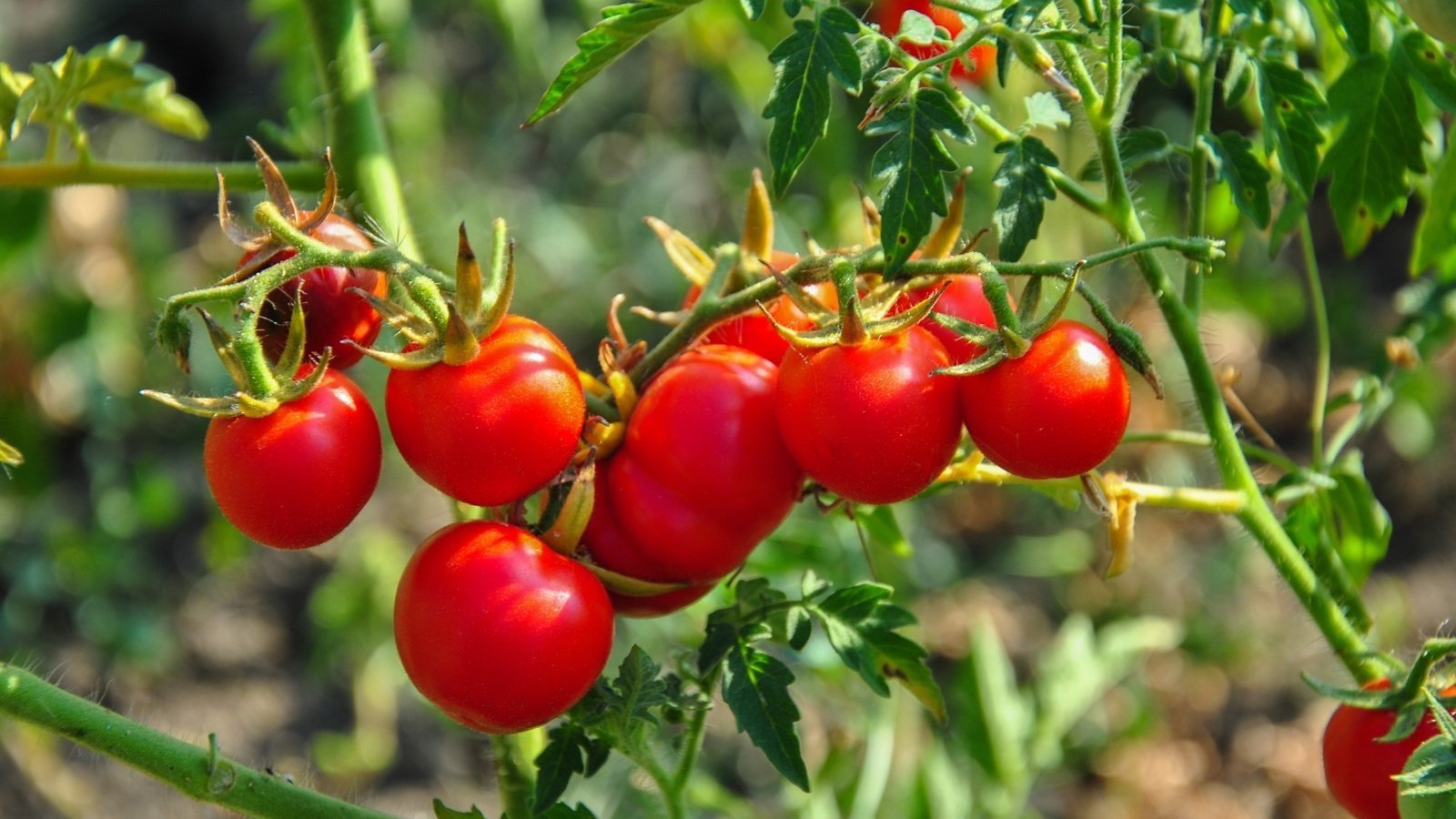
Top Dwarf Tomato Varieties You Should Try
There are so many incredible dwarf tomato varieties out there. Some are bursting with sweetness, while others are better for sauces or slicing. Here are a few standouts that are worth planting:
- Tiny Tim – Perfect for containers and windowsills. Grows just 12–18 inches tall and produces cherry-sized fruit.
- Dwarf Sweet Sue – A golden slicer with a rich, sweet flavor. Grows around 3 feet.
- Rosella Purple – Deep-colored, juicy fruits that taste similar to Cherokee Purple but in a much smaller plant.
- Balcony – A European variety bred specifically for tight spaces like patios.
- Red Robin – A micro-dwarf that stays under 12 inches tall and produces prolifically indoors.
All of these can be grown in containers, grow bags, or small raised beds, giving you flexibility even with limited space.

Growing Dwarf Tomato Plants in Containers
Dwarf tomatoes thrive in containers, but they still need a few key things to be happy:
- Container size: Use at least a 3–5 gallon pot (bigger is better). Don’t skimp on depth.
- Drainage: Make sure pots have good drainage holes.
- Soil: Go with a light, fluffy mix. Check out our best tomato soil mix for containers for the perfect recipe.
- Fertilizing: Feed with a balanced tomato fertilizer every 10–14 days once fruit starts. We personally recommend the best tomato fertilizer we’ve reviewed here.
With the right setup, even your apartment balcony can be a tomato oasis!
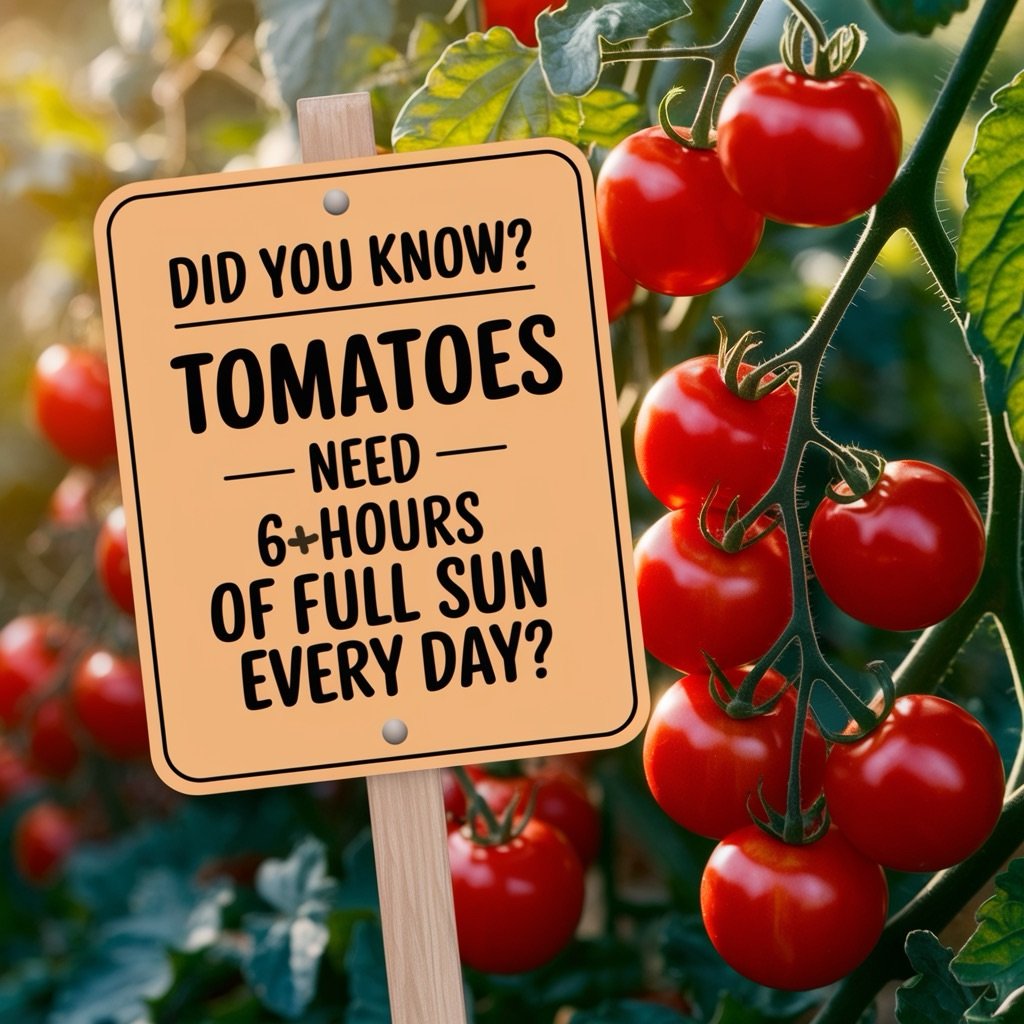
How Much Sunlight Do Dwarf Tomatoes Need?
Just because they’re small doesn’t mean they need less sun! Dwarf tomato plants still require 6–8 hours of direct sunlight per day. If you’re growing them indoors, place them in a south-facing window or under a quality grow light.
In lower-light spots, choose dwarf types that are more shade-tolerant, like Red Robin or Tiny Tim. If they start getting leggy or pale, that’s your cue to increase the light.
How to Prune Dwarf Tomato Plants (Or If You Should)
This is where it gets easy: most dwarf tomato plants require little to no pruning. That’s one of the biggest perks. Their compact nature and thicker stems mean they don’t sprawl everywhere like traditional indeterminate types.
Here’s what I do:
- Remove any yellowing or damaged leaves
- Snip off suckers only if they crowd the center or block airflow
- Keep airflow open near the soil line to reduce disease risk
That’s it! These little plants are naturally tidy and pretty low-maintenance.
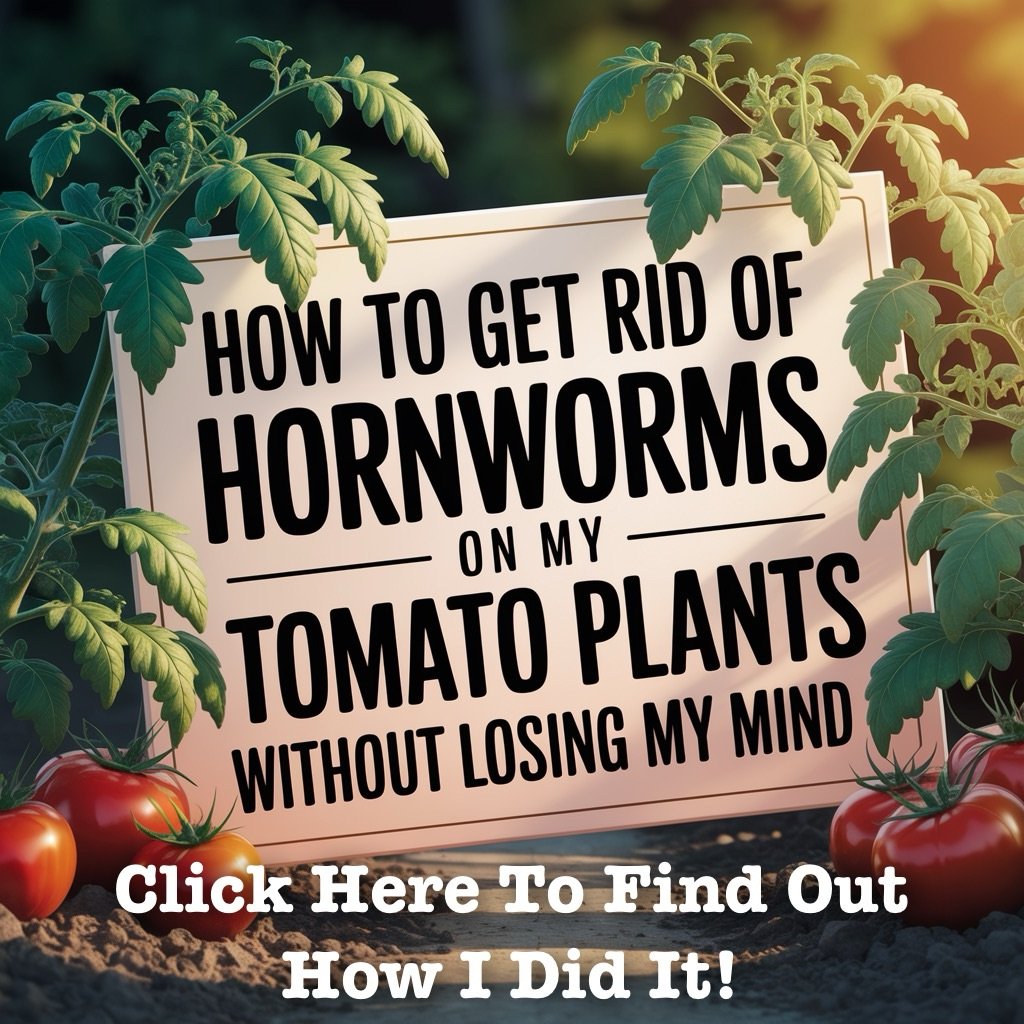
Common Problems with Dwarf Tomatoes
Even though dwarf tomatoes are tough, a few problems can still pop up:
- Curling Leaves? Could be heat, overwatering, or pests. See our full guide on why tomato leaves curl down.
- Hornworms? Use Sevin Insect Killer or insecticidal soap.
- Fruit cracking? Often caused by inconsistent watering—try to water on a schedule.
Luckily, due to their size, it’s easier to monitor dwarf plants for pests and disease.
Can You Grow Dwarf Tomatoes Indoors?
Absolutely! Dwarf varieties like Tiny Tim and Red Robin are tailor-made for indoor growing. Just make sure you have:
- A container with drainage
- Well-draining soil
- South-facing window or grow light
- Regular feeding with a gentle fertilizer
They’re also great for kids, seniors, or beginner gardeners who want a quick win without a full garden setup.
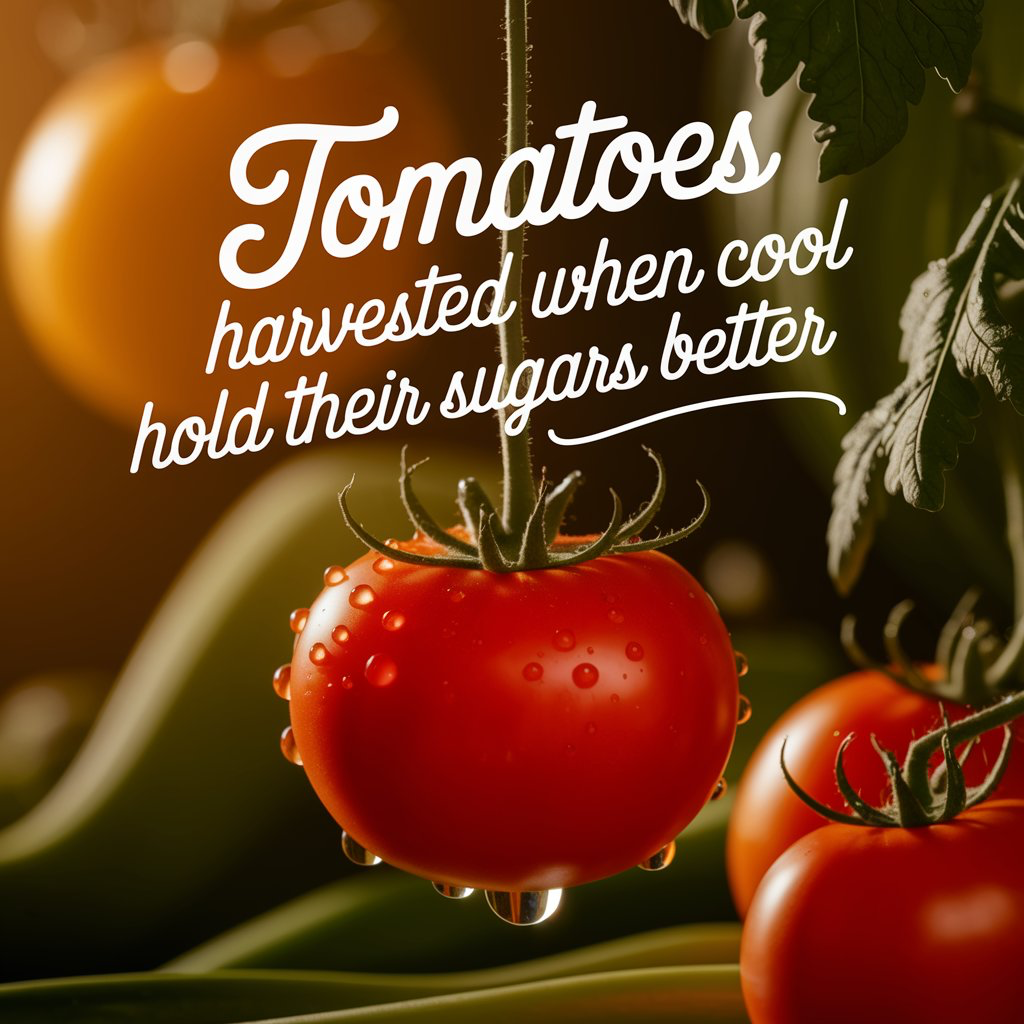
Harvesting Dwarf Tomato Plants
Dwarf plants tend to produce earlier than many full-size tomato types. You’ll likely see flowers in 4–6 weeks and fruit within 60–70 days.
Tips for picking:
- Harvest in the early morning for best flavor
- Don’t wait too long—dwarfs ripen fast and can get mushy in heat
- Check daily once they start turning red (or yellow/purple, depending on the variety)
Check out our article on when to pick tomatoes for more tips on perfect timing.
Are Dwarf Tomatoes Worth Growing?
If you’re short on space, short on time, or just want an easier gardening win—yes, 100% yes. They’re fun, productive, and can give you a great harvest without needing a ton of tools or space.
Plus, many varieties taste just as rich and juicy as full-size plants!
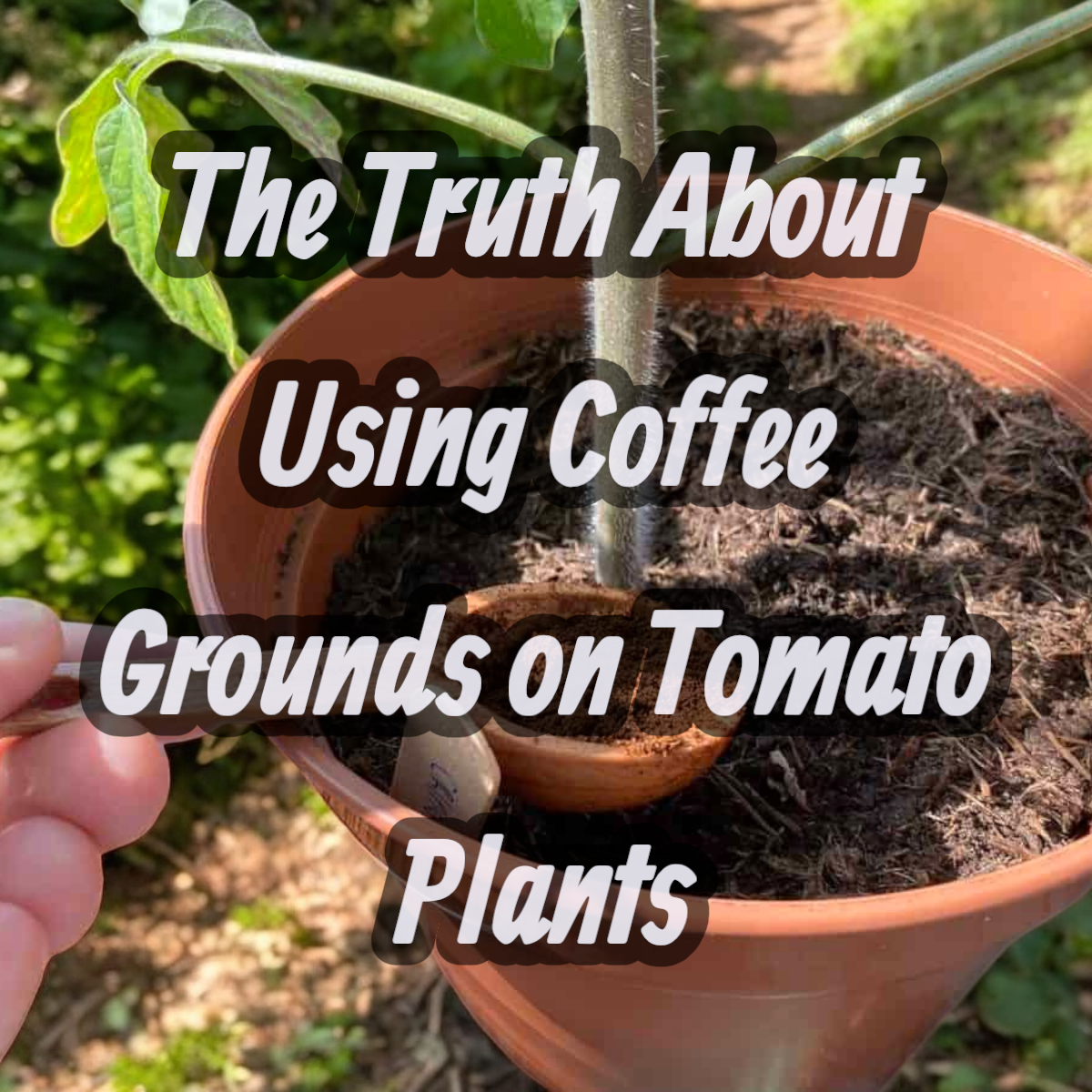
Last words for now on Dwarf Tomato Plants
Dwarf tomato plants are one of those hidden gems that every gardener should try at least once. Whether you’re growing on a patio, balcony, or kitchen windowsill, these plants pack a big punch in a small package.
And once you try a variety like Rosella Purple or Dwarf Sweet Sue, you might never go back.
👉 Want to start growing tomatoes even faster? Here’s how to speed up your tomato plant growth.
As an Amazon Associate we earn from qualifying purchases through some links in our articles.
